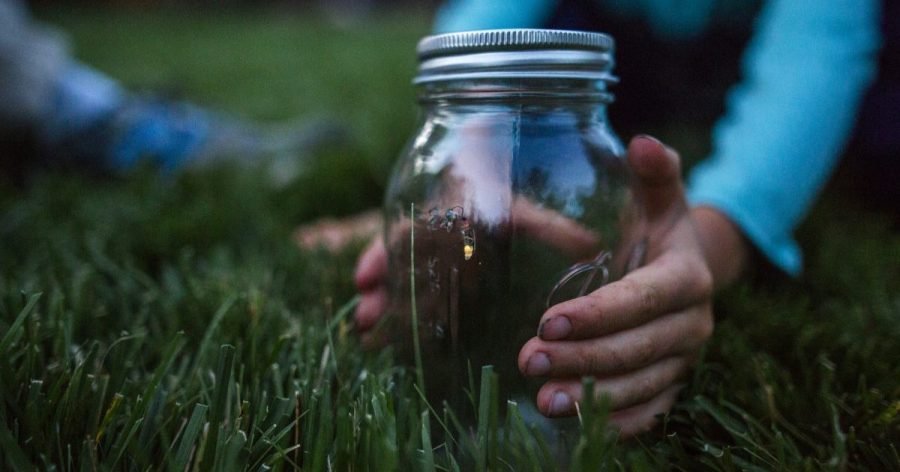Fireflies: Nature’s Glowing Marvels
(WKBN) – Whether referred to as lightning bugs or fireflies, these enchanting insects add a magical glow to our summer nights. Their presence is a delightful reminder of nature’s beauty, but there are compelling reasons to appreciate them while they grace us with their luminescence.
The Life Cycle of Fireflies
As detailed by the U.S. Fish and Wildlife Service, America is home to nearly 170 species of fireflies. Most require similar environmental conditions for reproduction, thriving in moist areas where they can lay their delicate eggs. These tiny eggs are typically found in soil, around plants, or nestled in moss, as they are prone to drying out. If moisture is insufficient during the critical two-week hatching period, the eggs perish, leading to decreased populations.
After hatching, the larvae spend one to two years burrowed underground before emerging as juveniles—not the familiar adults we admire. These juvenile fireflies resemble hungry teenagers focused on growth. During colder months, they remain deep below the frost line, only surfacing in spring.
A Fleeting Glimpse of Adult Fireflies
The timeframe for viewing fireflies varies across the United States; the southern regions witness their emergence as early as March and April. As the temperature rises and humidity levels increase, the adult fireflies appear in all their glory.
The glow we adore serves a crucial purpose: attracting mates. Each firefly species boasts a unique flash pattern. This enchanting light is produced in specialized abdominal organs where luciferin, oxygen, and luciferases combine. Scientists suggest that fireflies regulate their flashing by controlling the oxygen flow to these light-producing organs.
However, several factors influence firefly visibility and population levels. Consistent warm, muggy weather is essential for their emergence after a long absence, which is why you’ve likely noticed an uptick in their presence recently. The mating season itself is surprisingly brief, lasting only two to four weeks, according to Iowa State University researchers.
Environmental Threats to Fireflies
Sadly, the firefly population has been declining in recent decades. Fireflies thrive in peaceful, warm, dark environments, often close to calm water sources. Unfortunately, light pollution and habitat loss have been significant contributors to their decreasing numbers.
Researchers from the U.S. Fish and Wildlife Service indicate that around 10% of firefly species face a risk of extinction. High levels of light pollution can hinder their mating rituals, making it increasingly difficult for male and female fireflies to find each other. As the Fish and Wildlife Service humorously noted in a CBS News interview, "Love can be hard to find for even the brightest of fireflies."
In addition to light pollution, certain lawn care practices can further harm firefly populations. Excessive pesticide use is detrimental. To support fireflies in your own yard, consider mowing less frequently and maintaining a taller grass height. Leaving some areas of your yard untrimmed can create safe havens for these glowing insects.
It’s vital to keep these considerations in mind year-round. After all, while we enjoy the fleeting beauty of fireflies illuminating our backyards, remember that their life stages unfold beneath the surface long after they vanish from our evenings.

